Kanazawa, the capital of Ishikawa Prefecture, co-hosted the Education Ministers’ Meeting on May 14 and 15 ahead of the upcoming G7 Summit. It would be hard to find a more appropriate venue for a conference centered on learning, given the rich culture of this city by the Sea of Japan that blends tradition with a contemporary focus on innovation and change.
It’s said that Kanazawa’s history began during the Sengoku Period (1482 to 1573), a time of near-constant civil war that thankfully didn’t stop the city from growing into a modern capital of industry, art and traditional Japanese crafts such as Kaga-yūzen fabric-dyeing, porcelain Kutani ware, Kanazawa lacquerware and gold leaf. That’s just a quick summary of all the charms of Kanazawa. What follows is a more complete version.
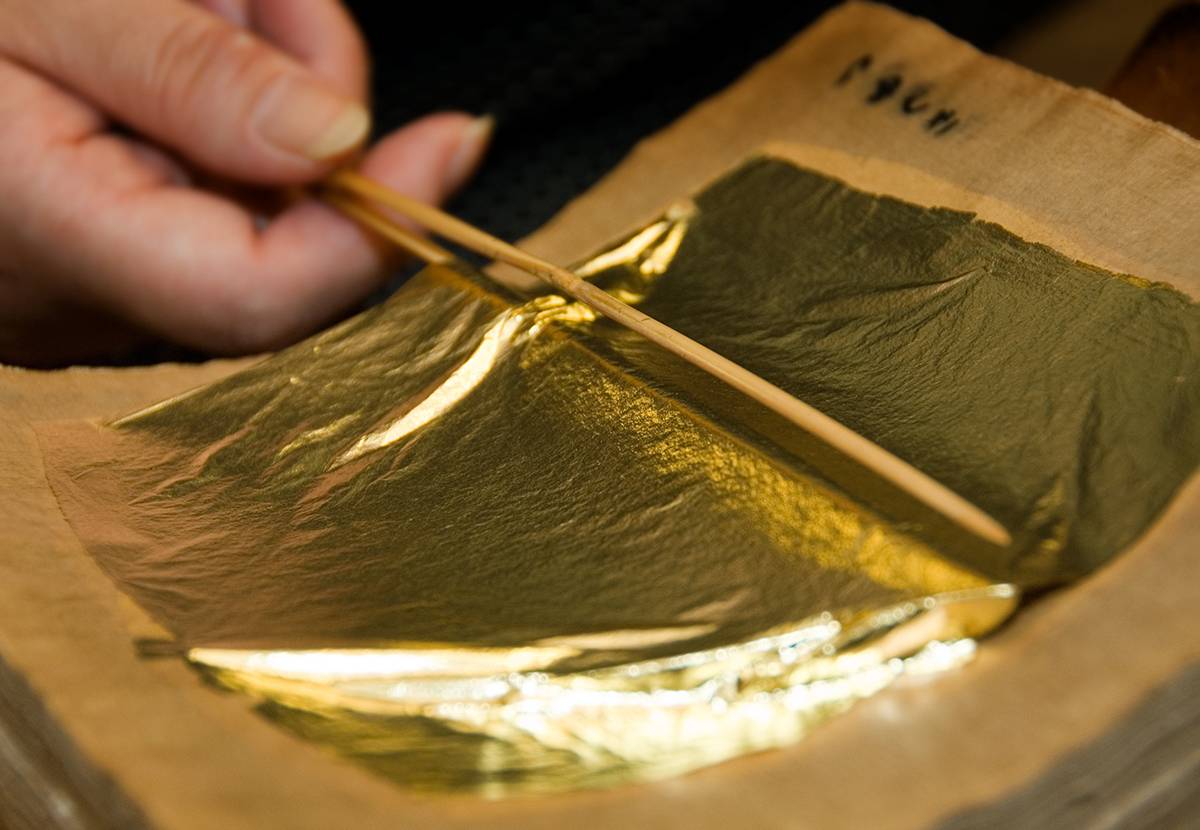
A city of history
Originally a castle town, Kanazawa was spared from the ravages of war — both the “civil” and “world” kind — and still retains many of its historical buildings and townscapes, such as the Nagamachi samurai district.
In this preserved snapshot of old Japan, visitors to this coastal city will find old-fashioned earthen walls, stone-paved alleyways, a drainage and water supply system dating back to the Edo Period (1603 to 1868), and magnificent samurai residences. During the colder months, the area becomes even more enchanting when komogake is performed to protect the earthen walls from snow and frost by covering them in woven straw mats. Tourists flock from all over to witness this symbol of winter preparation in Kanazawa.
That being said, there is a real sense of majesty and power emanating from the Nagamachi samurai district. During the Edo Period, Kanazawa’s population grew to over 100,000, rivaling those of Madrid or Rome at the time. As the economic and administrative seat of the powerful Kaga domain (modern-day Ishikawa Prefecture), Kanazawa was a city that projected might. Nagamachi, a neighborhood near the center, was reserved for middle- to high-ranking samurai retainers of the local feudal lord, hence their grand residences, some of which, like those of the Nomura and Takada families, are fully or partially open to the public. Nagamachi is also home to pottery stores, restaurants and museums focusing on everything from Kaga-yūzen fabric-dyeing to the duties and everyday lives of infantry troops in feudal Japan. Visit the area to take a trip back in time.
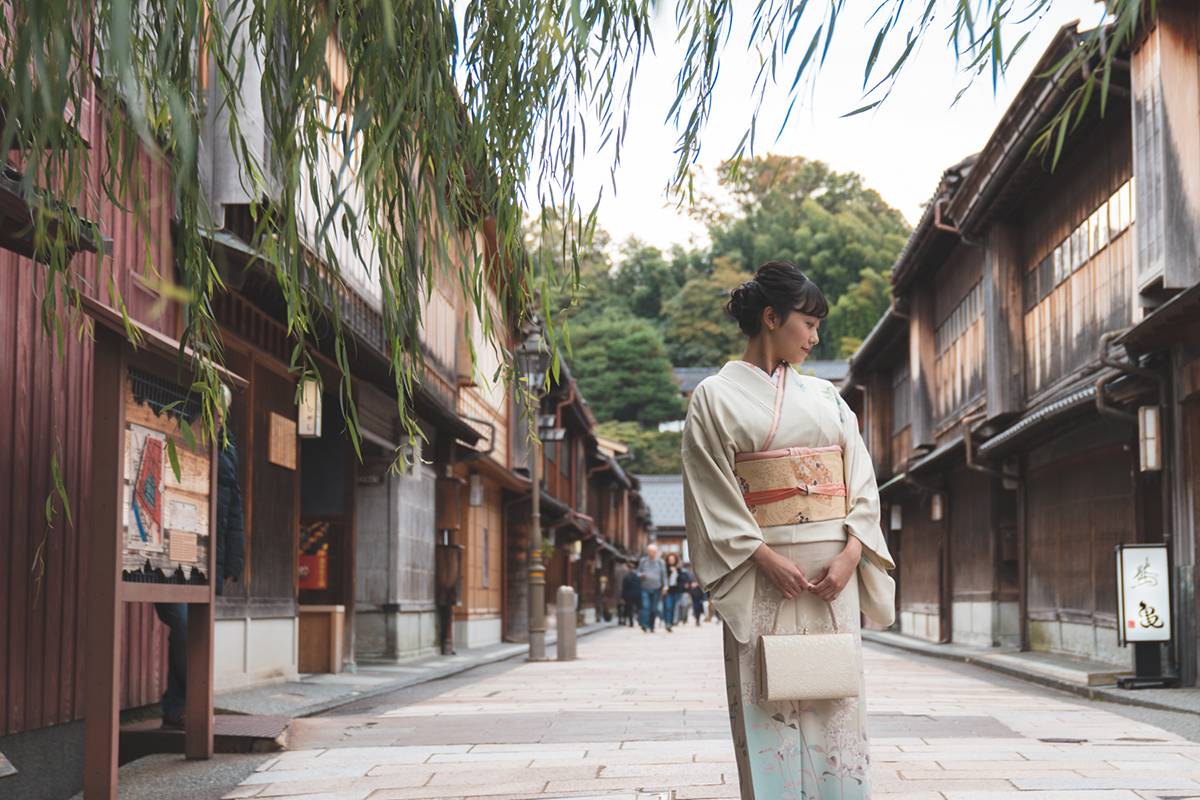
Thankfully for the city, many of its samurai residents and overseers were also patrons of the arts. It’s why the city has a long history of being involved with noh theater. It’s also how the Higashichaya district came into being. Translated as “the eastern teahouse district,” the area has been designated as an Important Preservation District for Groups of Traditional Buildings featuring beautiful examples of Japanese architecture, such as wooden latticework. But during the 19th century, it was better known as a place where people came to be entertained by geisha trained in traditional Japanese performing arts.
A few geisha teahouses remain in operation in the district, but they do not accept customers directly. Instead, new clients are only admitted with a referral from a known guest of one of the establishments. But even without access to geisha, one can have a lot of fun in the Higashichaya district. The best way to enjoy it is by renting a kimono and taking the time to really explore the historic area. There are many stores selling Japanese sweets (including gold leaf ice cream), traditional crafts and miscellaneous goods along the main streets. But if they look harder, they might also discover a lot of shops and cafes hidden among the back alleys of Higashichaya. With the right attitude and a sense of adventure, one can spend an entire day in this slice of Kanazawa yesteryear.
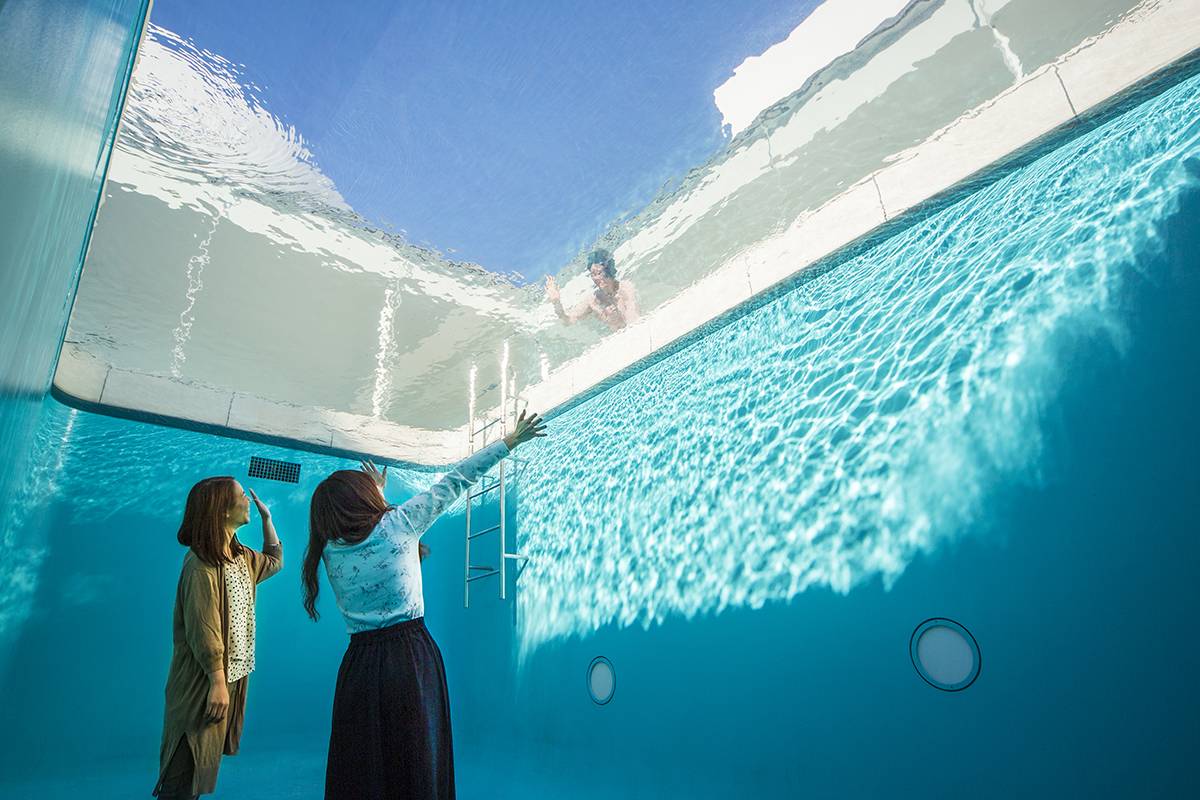
Modernity and the future
Kanazawa preserves and celebrates its past but does not allow itself to be bound by it. It’s a city that is always moving forward, thinking about the here and now and beyond. Visitors will find this appreciation for what was, what is and what can be at the 21st Century Museum of Contemporary Art, Kanazawa. One of the stated goals of the museum is to move “in step with contemporary society” through art exhibits that are not restricted by genre, medium or any other kind of barrier to facilitate discussions and reflections on the era that we live in. By thinking about how others interpret the modern world, we can better understand our own thoughts on it and imagine what the future has in store for us.
While that’s happening, the museum is also striving to serve and revitalize the community, aiming to become a place where ideas are freely exchanged for the edification of all. As the facility stated itself, its concept is to be a “Museum open to the city like a park,” somewhere where people can just freely pop in, relax and even expand their minds, leaving more content than they were before coming in. This sense of endless possibilities is further expressed through the museum’s circular shape representing no beginning or ending. Also incorporated into the museum’s design, which won the Golden Lion for Exhibition at the Venice Biennale of Architecture, are trees relocated from the grounds of the school that occupied the land before the museum, adeptly connecting the site to Kanazawa’s past.
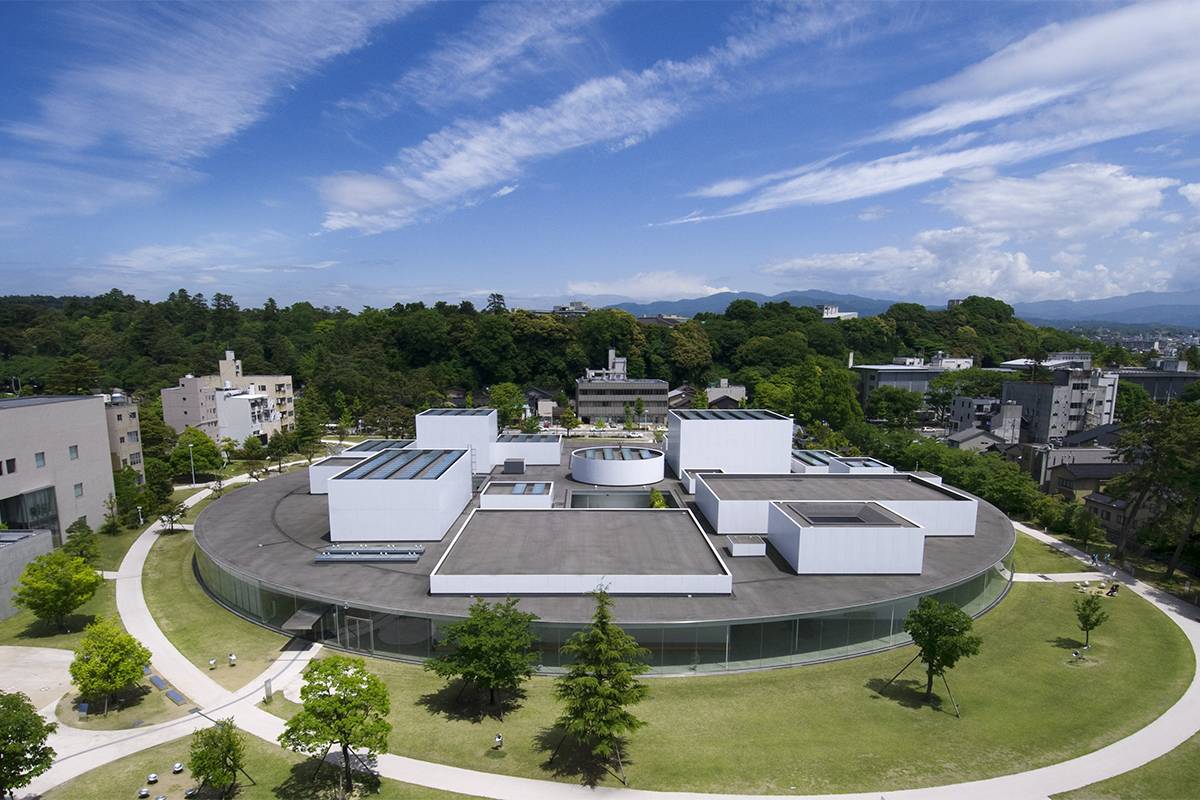
The city and the rest of Ishikawa have steadily become more popular not just in Japan, but around the world, thanks to the expansion of the Hokuriku Shinkansen in 2015. A little over a year after that, Travel + Leisure magazine voted Kanazawa as one of the best places to travel in the world.
But Kanazawa has had its fans even before access was made easier by the bullet train extension. Lonely Planet was singing its praises back in 2014 when UNESCO added Kanazawa to its Creative Cities Network in 2009, classifying it as a “Creative City of Crafts and Folk Arts.” The UCCN connects cities that have “identified creativity as a strategic factor for sustainable urban development,” which really is the essence of Ishikawa’s capital. Its culture is not stagnant. Instead, it continues to be part of everyday life while always reinventing itself and interacting with other creative fields to grow and evolve without losing any of its original essence. Standing where Japan’s past, present and future meet, Kanazawa continues to be a model for cities around the world.
This page is sponsored by the Ishikawa Prefectural Council for Promoting the G7 Education Ministers’ Meeting in Toyama and Kanazawa.



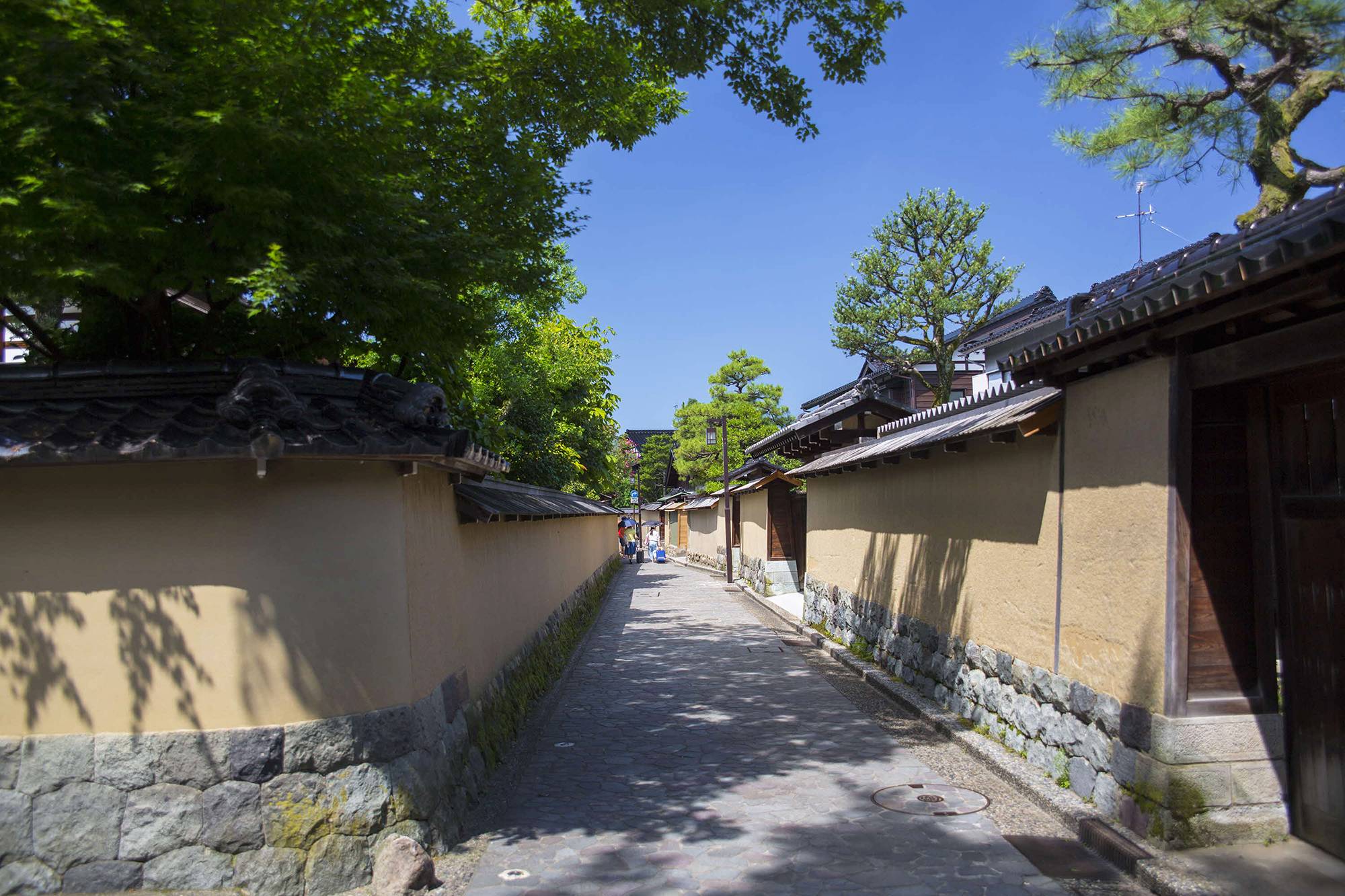
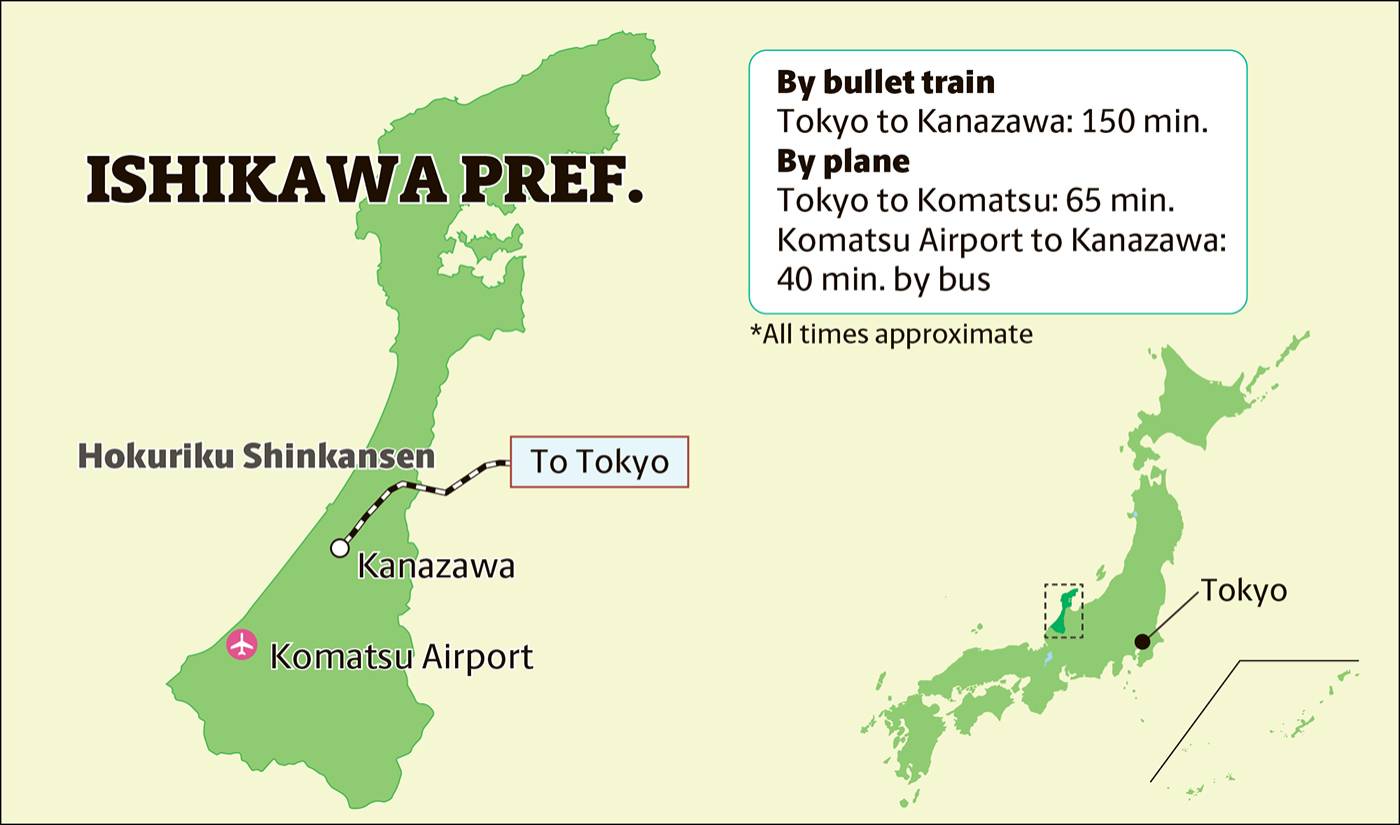
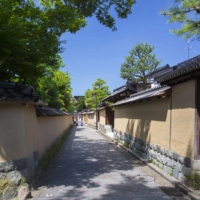
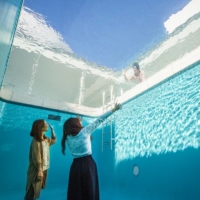
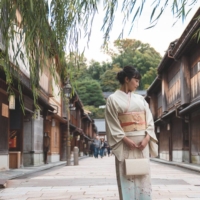

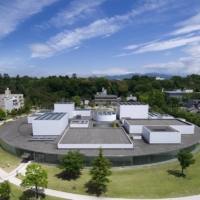
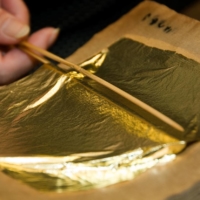















With your current subscription plan you can comment on stories. However, before writing your first comment, please create a display name in the Profile section of your subscriber account page.